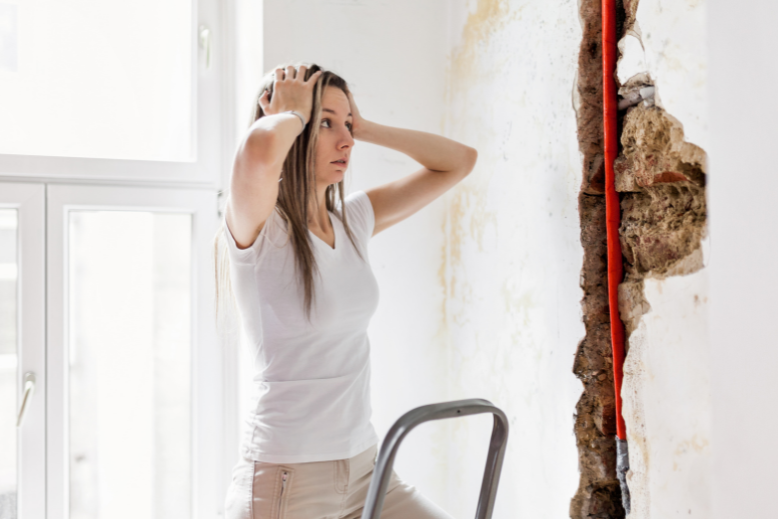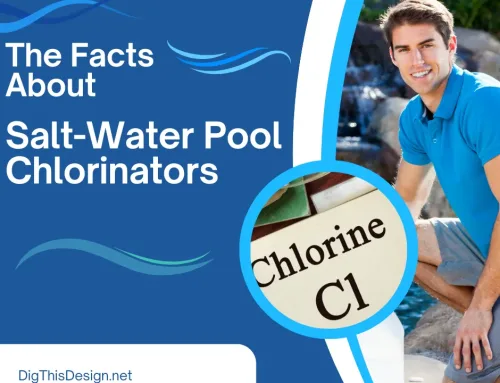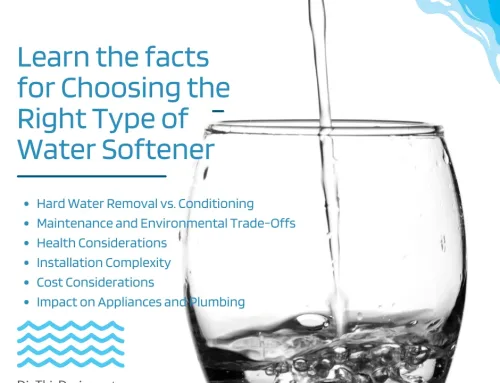Water leaks are a common problem in every household. Whether it’s due to water leaks in the roof, burst pipes, or natural disasters, water damage can cause severe damage to your property. Ignoring the issue can lead to long-term damage, including structural damage and mold growth. Therefore, you must seek an emergency water damage restoration service near me to address the issue promptly and prevent further damage.
This article post will discuss the importance of emergency water damage restoration services and how they can help you save your property.
What is an Emergency Water Damage Restoration Service?

Emergency water damage restoration service is a service that helps restore your property after water damage. It is crucial to seek immediate professional assistance with the expertise and tools to handle the situation. Water damage restoration services usually involve water extraction, drying, dehumidifying, cleaning, and sanitizing to prevent mold growth and other damage.
Prompt action is necessary to minimize the damage caused by water. Water can seep into various materials and cause irreversible damage if left unattended. Here are a few reasons why emergency water damage restoration service is essential:
Prevent Further Damage From Water Leaks
Water leaks can cause extensive damage to your property if not addressed promptly. Water can penetrate walls, floors, and ceilings and cause structural damage. Ignoring the problem can lead to mold growth, which can cause health issues. Emergency water damage restoration service helps prevent further damage by removing the water and drying the affected areas.
Health Concerns
Water damage can cause health concerns, especially due to sewage backup or flooding. Water can carry bacteria, viruses, and other harmful contaminants that cause health issues. Emergency water damage restoration service includes sanitizing the affected areas to prevent the growth of harmful bacteria and mold.
Insurance Claims
Water damage restoration service helps you document the damage caused by water. The documentation can help you file an insurance claim and get compensation for the damages. The professionals can also help you with the insurance claim process.
How to Choose the Right Emergency Water Damage Restoration Service?
Choosing the right water damage restoration service can be challenging, especially when you’re dealing with a crisis. Here are tips to help you choose the right service:
Look for Local Services
It’s best to choose a local water damage restoration service near you. Local services can respond quickly to your emergency and help you minimize the damage.
Check for Certifications
Ensure the service provider has the necessary certifications and licenses to handle the job. Certifications like IICRC (Institute of Inspection, Cleaning and Restoration Certification) indicate that the professionals have the required knowledge and skills to handle the restoration process.
Check for Reviews
Check online reviews to get an idea of the service provider’s reputation. You can also ask for references for families who have used the service before.
Conclusion
Water damage can be a stressful and overwhelming experience. However, you can restore your property and prevent further damage with the right professionals. If you’re facing water damage, don’t wait to seek help – search for a reliable water damage restoration service to minimize the damage and save your property.
If you’re facing water damage, don’t hesitate to seek professional help. Act now to restore your property and prevent any further damage. Remember to choose a local water damage restoration service with the necessary certifications and licenses to handle the job. Checking online reviews and asking for references can also help you choose the right professionals for the job.
Other posts you might enjoy:
Water Damage – Tips On Water Restoration





